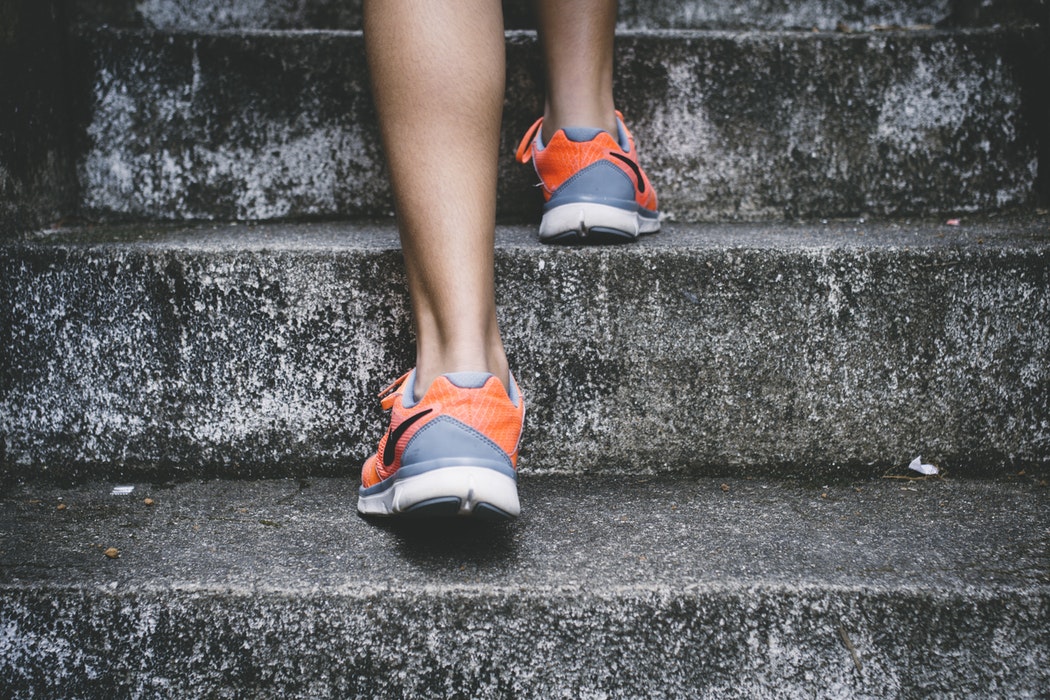
Do you have painful or achy legs? Do they feel heavy? Are they itchy or restless? Can you see dark, bulging veins just underneath your skin? If so, you may have varicose veins, but don’t worry — treatments have come a long way from the painful days of vein stripping! As the best vascular surgeons in Orlando, we offer virtually painless, minimally invasive treatments that restore your confidence and take away the pain of varicose veins.
Your body relies on your veins to keep blood circulating. But the vein valves in your legs are working harder than the others; they have the additional challenge of pushing blood upward against gravity. Over time, vein valves can become weak, tired, or stretched out, causing blood to flow backward and pool in the vein, thus creating a varicose vein.
As we touched upon previously, when people thought of vein care, they used to picture vein stripping. For vein stripping, the doctor makes an incision in your groin, ties off the vein, and creates a second incision above the calf, through which they pulled the vein out of your leg. This was usually performed in an operating room under general anesthesia. But the science of vein care has come a long way! We now offer minimally invasive procedures, such as microphlebectomy, that allow you to live a pain-free, varicose-vein-free life.
Microphlebectomy removes large or medium varicose veins without surgery. The procedure takes place in one of our four offices and only takes about one hour! It requires some oral relaxant and local anesthesia. First, the area around your vein will be cleaned and sterilized. Tiny, 1-2mm micro incisions are made, and the anesthetic solution is diluted and injected, following the course of the vein. This shrinks the vein and removes all blood, allowing the procedure to be performed in a bloodless field. This also allows us to remove even large veins through micro-incisions. Then, the vein is teased out with a small hook, then divided and removed. The incisions made are just small enough to get the vein out; stitches are not necessary to close them, only a butterfly closure.
For many patients with varicose veins, endovenous laser therapy may effectively decrease the excessive pressure on your legs, but it does not directly resolve varicose veins. In some cases, enlarged branch varicosities are best treated by removing them with microphlebectomy. This is also an effective procedure for superficial varicose veins, which lie just beneath the surface of your skin.
Many believe that varicose veins are a purely cosmetic concern. But that’s simply not true. While microphlebectomy does remove the bulging vein to make your leg more aesthetically appealing, treating varicose veins prevents you from developing more serious problems in the future. It improves your symptoms and reduces pain, swelling, and tiredness. Untreated varicose veins can lead to ulcers, stagnant blood flow, and blood clots, which are able to travel to other parts of the body and block blood flow. This is dangerous and can cause even further issues.
Immediately after microphlebectomy, your bulging vein will be gone! The results are quick, impressive, and cosmetically appealing. Even though a large vein has been removed from your body, this doesn’t negatively affect the leg’s blood flow or circulation. Instead, the blood is simply rerouted to another healthy vein deeper in the leg. Circulation and blood flow continue as before, but the only difference is that it’s done better and more efficiently. Within 24 hours, you can resume your normal day-to-day activities.
Microphlebectomy is followed up by ultrasound-guided foam sclerotherapy, which takes care of leftover branches that are too small for microphlebectomy. Ultrasound-guided foam sclerotherapy utilizes a needle and sclerosing agent cause that vein to collapse and be absorbed by the body.
After your doctor has approved that you can resume an active lifestyle, you can implement changes that improve your vein health, as well as overall health.
Do you have further questions about microphlebectomy, your vein care, and what treatment is best for you? Don’t hesitate to call the best vascular surgeons in Orlando at 407-545-3385 or 352-658-5547. We’re dedicated to providing the best possible patient care by addressing your concerns, assessing your vein health, answering your questions, and crafting a treatment plan that’s perfect for you.